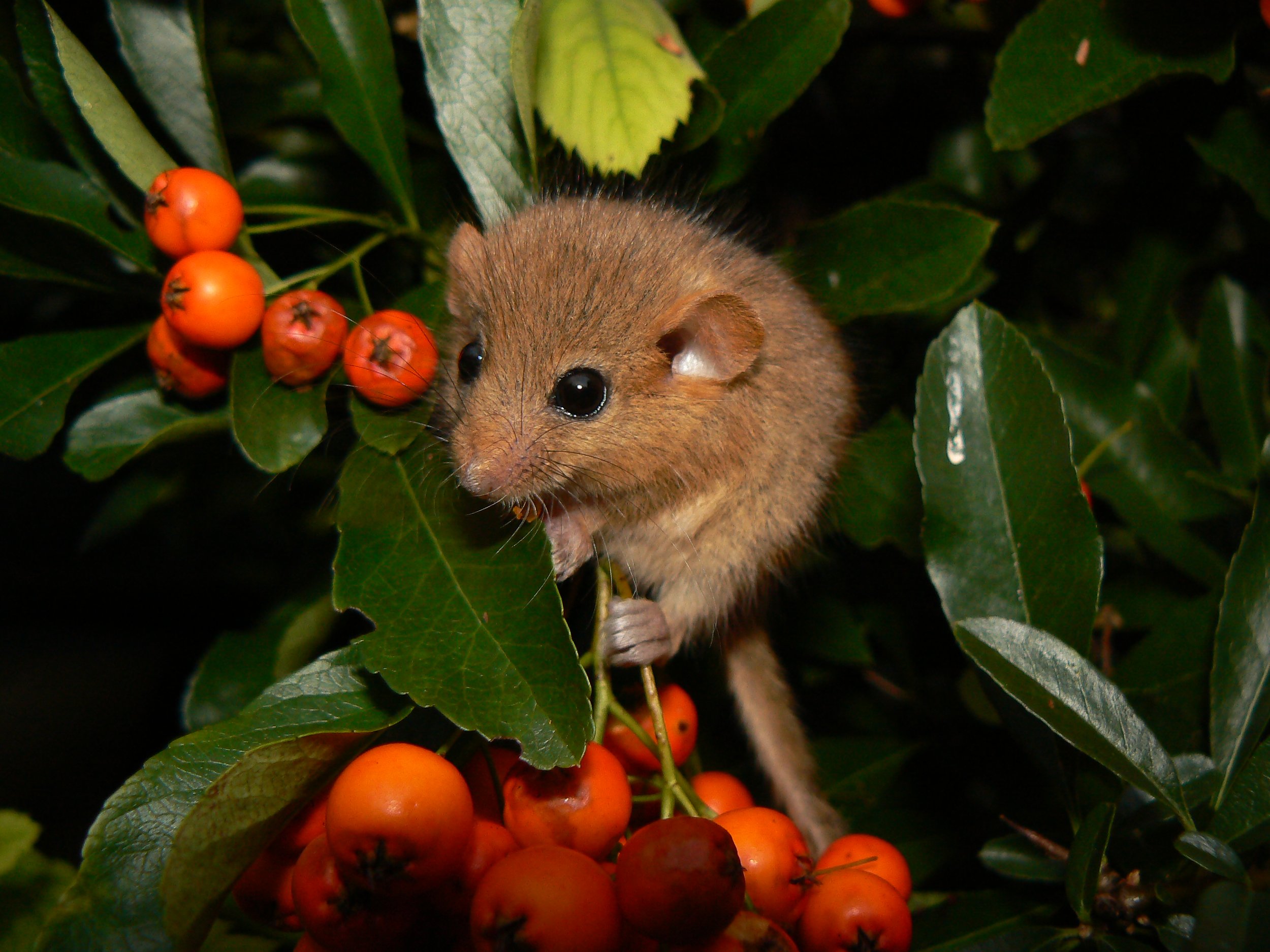Inside the Hedge
By Reese Browers, ESRM ‘26
Lines of hedgerows in Devon County, England. Photo Credit: Edmund Shaw
When picturing hedgerows, you might struggle to think of them as more than just a line of bushes, shrubs, and trees planted by farmers. However, hedgerows play an important role in ecosystems and help conserve many different animals. National Geographic even dubbed them “hedges of biodiversity,” as one hedgerow could house over 2,000 species of mammals, lizards, mosses, and fungi. Some animals, such as dormice, even use hedgerows for warm shelter during hibernation season and as breeding grounds in the spring. Others, like bats, use hedgerows for navigation or to hide from predators. Additionally, hedgerows can limit pathogen movement by filtering out diseases, which helps prevent cattle and other animals from getting diseases. The two most common hedgerow plant species, blackthorn and hawthorn, also provide food for many small mammals including voles and hedgehogs.
While it’s clear to see how species benefit from hedgerows, animals aren’t the only thing positively affected by hedgerows. Soil, in fact, may be impacted even more. Hedgerow intercropping – meaning growing a variety of plants together in the hedges– adds nutrients to the soil, reduces evaporation, suppresses weeds, and checks erosion. Though soil conservation may not seem as important as animal protection, improved soil quality means enhanced crop growth and productivity. These crops may also provide food to different species, linking us back to the idea of animal conservation. In addition, hedgerows help control the amount of carbon that may be lost during erosion, thus reducing how much greenhouse gas is released into the atmosphere.
Though they may look simple, hedgerows are a large part of complex agricultural systems and ecosystems. For thousands of years, they have helped many species of plants and animals thrive. With proper maintenance and upkeep, they can also help combat climate change—proving themselves to be much more than “just a bush”.
A hazel dormouse, one of the many mammals found in English hedgerows. Photo credit: Danielle Schwartz


